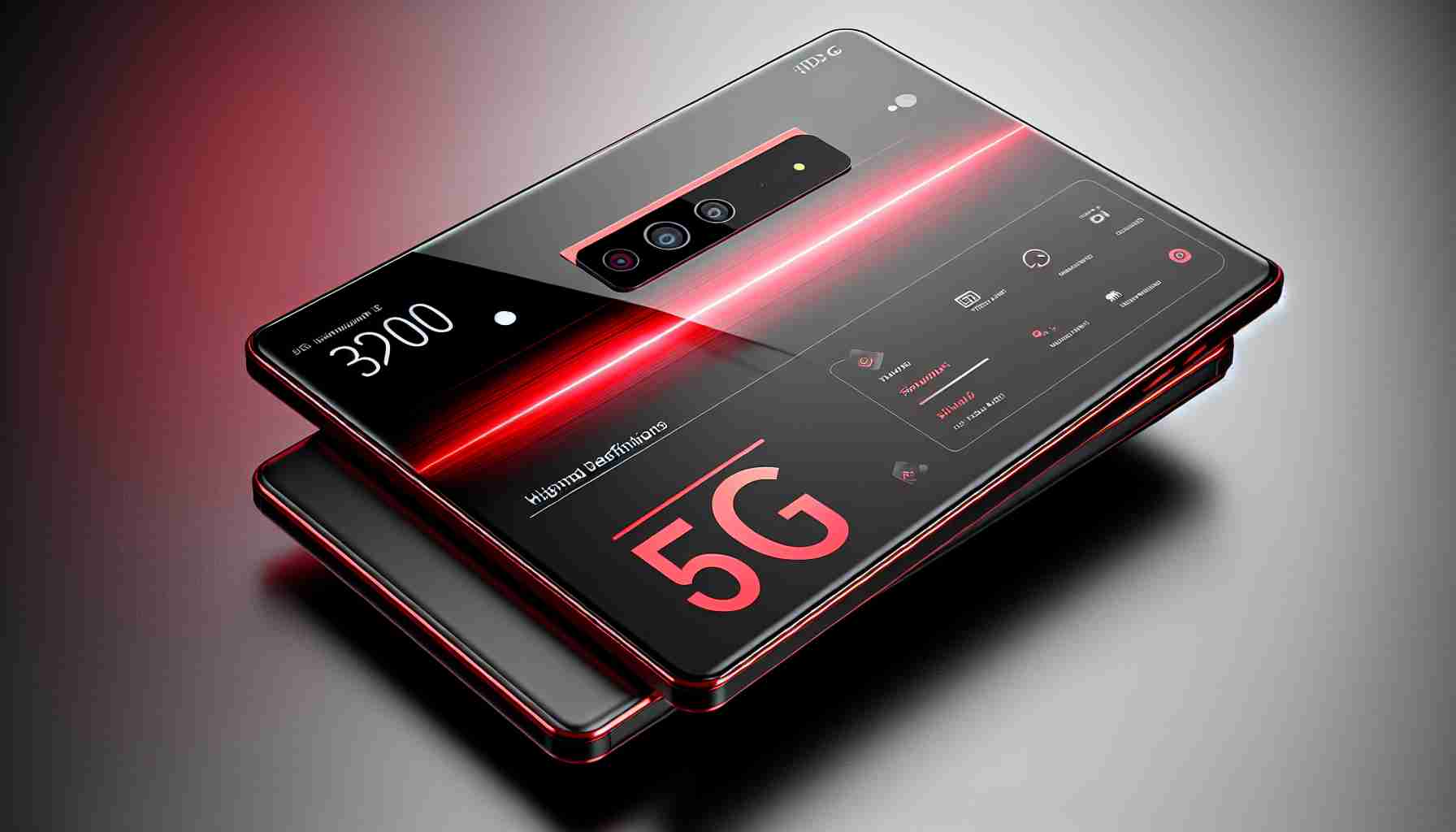Xiaomi is gearing up to introduce a new 5G smartphone to its lineup, with the anticipation of its launch in the Indian market. In a twist that could intrigue consumers, the Redmi 13 5G is purported to arrive with a different identity, donning the Poco moniker as Poco M7 Pro 5G. This rebranding decision, drawn from a report by Android Headlines, aligns with Xiaomi’s strategic marketing approaches observed in the past.
The alleged Poco M7 Pro 5G is anticipated to sport the Qualcomm Snapdragon 4 Gen 2 chipset, mirroring its predecessor, the Redmi 12 5G, in terms of core processing power. Despite ongoing speculation, the differences between the new model and the last generation seem to be slight, suggesting a focus on incremental updates rather than a massive overhaul.
Distinctive model numbers have surfaced, providing clues about the smartphone’s branding and geographic destinations. “RN” codes hint at the Redmi lineage, while “PC” implies the Poco branding, with specific suffixes indicating regions such as India and China.
As for the speculations on features, the Redmi 13 5G, if it holds true to its predecessor’s attributes, might boast features like a 50-megapixel primary camera setup, an ample 5,000mAh battery, and 18W fast charging support. A leap to Android 14-based HyperOS is also on the cards for the upcoming device.
Price points for the Redmi 13 5G are expected to be competitive, taking cues from the Redmi 12 5G pricing strategy, which aimed at affordability without compromising performance and connectivity. Consumers in India might soon witness the arrival of this smartphone, potentially capturing the attuned budget conscious market segment.
Rebranding Xiaomi Products for Different Markets
The practice of rebranding Xiaomi products under different names for various markets is not unusual. For instance, Xiaomi has previously launched the same phones under the Redmi brand in China and as Poco or Mi in India and other international markets. This strategy allows Xiaomi to cater to different consumer preferences and marketing strategies across regions.
Chipset Specifications
Regarding the Qualcomm Snapdragon 4 Gen 2 chipset, this is representative of entry-level 5G chipsets designed to bring 5G connectivity to more affordable smartphones. By adopting this chipset, Xiaomi aims to make 5G accessible to a broader audience, promoting widespread adoption of the latest network technology.
Incremental Updates vs. Overhauls in Smartphone Development
The tendency to focus on incremental updates rather than complete overhauls is common in the smartphone industry, especially in budget to mid-range segments. Companies often refine existing models with slight enhancements in performance, battery life, or camera quality to keep products competitive without incurring the significant costs associated with a full redesign.
Speculation on Features
Speculation about features such as the 50-megapixel camera and the 5,000mAh battery highlight consumer interest in both photography and battery life as key decision factors when purchasing smartphones. However, it’s also crucial for consumers to consider the overall system optimization, as hardware specs alone do not paint the full picture of a phone’s performance.
Price Competitiveness in the Indian Market
Pricing is a pivotal factor in the highly competitive Indian smartphone market. Brands like Xiaomi, through their Redmi and Poco lines, have traditionally competed by offering feature-packed smartphones at aggressive price points, appealing to budget-conscious buyers who are looking for high value for money.
Advantages and Disadvantages of the Poco M7 Pro 5G
Advantages:
– Enhanced connectivity with 5G support in a budget-friendly device.
– Possibility of including high-end features such as a 50-megapixel camera and ample battery at an affordable price.
– Access to the latest software, possibly Android 14-based HyperOS, for an improved user experience.
Disadvantages:
– Incremental updates might not be enough to persuade Redmi 12 5G users to upgrade.
– The Qualcomm Snapdragon 4 Gen 2, being an entry-level chipset, may not deliver top-notch performance for heavy gaming or multitasking.
– Rebranding can sometimes lead to consumer confusion in differentiating between Redmi and Poco product lines.
For those interested in learning more about Xiaomi’s product lineup, including their Poco and Redmi brands, you can visit the official Xiaomi website. Please note that exact details may vary by region, and it’s always recommended to check local Xiaomi websites for the most accurate information.
The source of the article is from the blog mendozaextremo.com.ar
